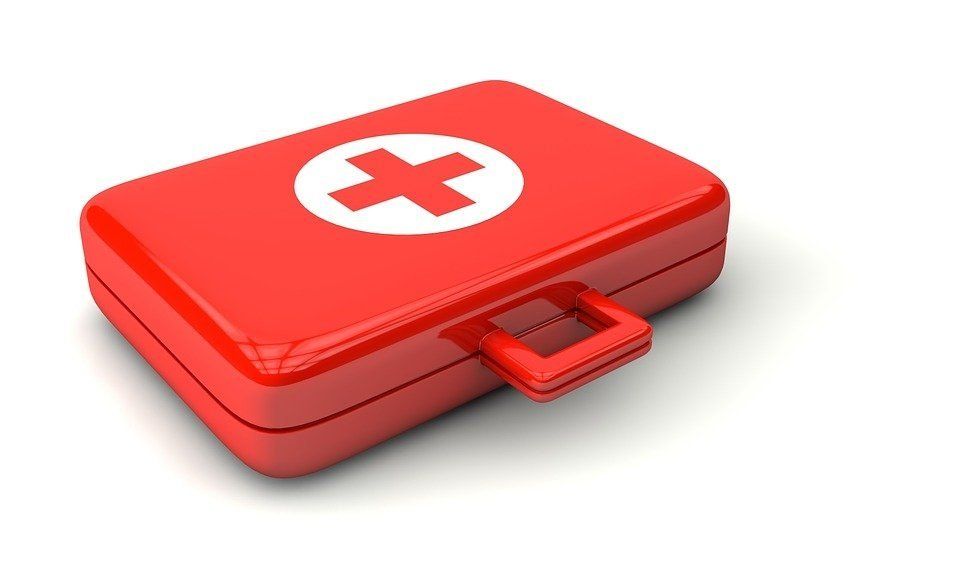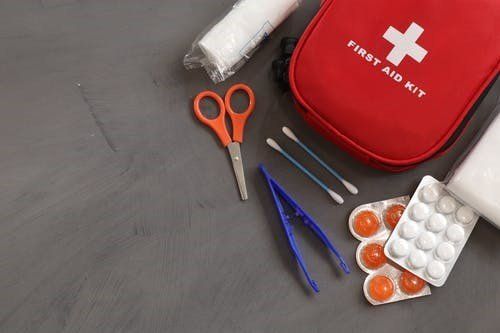How to Conduct an Accident Investigation at Work
In case an accident occurs at your workplace, you must conduct an accident investigation. Here’s how to effectively determine the root cause of the mishap.
A situation, condition, or occurrence at work that can result in potential or actual injury, damage to health, damage to property, or even fatality — in modern usage - is usually termed as an “incident”. We may be more familiar with an older variation of the term that’s currently still in use — “accident”. An accident may imply more randomness and is suggestive of less control than the term “incident,” but for our purposes, both terms can be thought of as interchangeable. The goal is to prevent the future reoccurrence of a similar event by learning what happened and implementing preventative measures. Here are the steps to follow to complete your accident investigation:
1. Address the Injury
Firstly, you must tend to all matters related to the injured individual and/or jeopardy to property. Call first responders and any emergency utility and other required public safety organizations. It’s very important to understand what public authorities need to be contacted — bedsides 911 — i.e., Ministry of Labour, Technical Standards and Safety Authority, Spills Action Centre, etc.
Have trained staff immediately assist with first aid until responders arrive.
2. Secure Site
When safe to do so, secure the accident site. In serious events, you will have to wait for authorities to arrive and conduct their own evidence gathering and investigation process first. Only when allowed to proceed, or if the event is minor in nature, an internal investigation can get started. Keep in mind that even in minor accidents, you don’t want operations to proceed and make any fact-finding murky and unclear. You are trying to understand the accident that occurred better and get to the ‘root cause.’ Your Joint Health and Safety Committee Worker Member (20+ employees) or Health and Safety Representative (6–19 employees) need to be advised and directly involved in some cases under the law.
3. Conduct Interviews
Next, hop onto conducting interviews of the witnesses and the injured employees to gather information regarding the incident by recording their statement and filing an incident report, respectively. Note that in more serious accidents, i.e., “Critical Injuries,” there is a strict reporting requirement to the Ministry of Labour — a written report in 48 hours. There is a timeline to get things done promptly.
4. Analysis of Facts
After that, you’ll want to study the accident scene to understand the root cause or true cause of the accident — rather than what is apparent. For example, if an employee slipped on a wet floor and broke their arm, the problem will endlessly repeat itself unless you address the underlying reason for the water problem, e.g., a leaking pipe. Immediately after, an action plan should be implemented to avoid any future and ensure that the worksite is safe for employees and visitors. It’s good practice to document any practices adopted to secure the previously unsafe condition.
5. Filing Insurance and Workers’ Compensation (WSIB) Claims
A work-related injury report, called a Form-7, must be completed and sent to the Workplace Safety and Insurance Board (WSIB) within three business days in Ontario. Similarly, private insurance carriers will need supporting documentation to file a property damage claim.
6. Following Up
If initially, the injured employee has declined medical treatment, the employer must follow up to confirm no medical conditions relating to the accident have arisen later on. Otherwise, if the employee has been hospitalized due to an accident, a representative of the organization must visit to encourage the employee.
7. Corrective Action
Corrective action refers to improving the operations of the company and preventing any future recurrence of an accident through actions. For example, if a work rule was violated and an injury occurred, the employer must find out why — to better reinforce the rule or improve it. Maybe the policy or procedure housing the rule failed because of senior management’s lack of direct oversight or enforcement. A corrective action that involves fixing a ‘broken rule’ will help promote compliance to the rule in the long run and eliminate work-related injuries.
Involvement of the JHSC Members / Health and Safety Representative is critical with correct actions. They will have suggestions and act as a voice of reason in some cases that may improve the outcome of corrective action. They can also help communicate about the accident and spread awareness regarding the cause of the accident to prevent a recurrence.
At Premier Proactive Education (PPE) LTD, we offer health & safety training in Newmarket along with consultation. We facilitate businesses of all kinds with training— including Working at Heights safety, First Aid, WHMIS, Forklift, and Health &Safety Representative. Training is offered in-class, instructor-led online, or onsite/mobile to offer maximum convenience. Our certifications are recognized by all work organizations in Ontario.
Location
Office and Training Facility:
#12-580 Steven Crt.,
Newmarket, ON, L3Y 6Z2
Business Hours
Monday - Friday:
8:30am - 4:30pm
Saturday & Sunday:
By appointment












